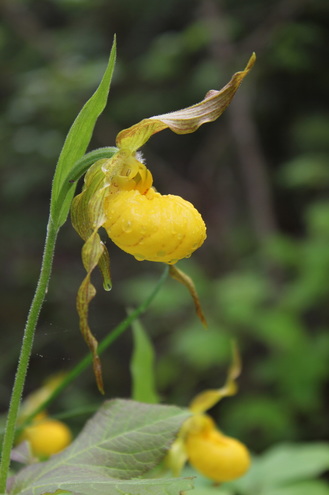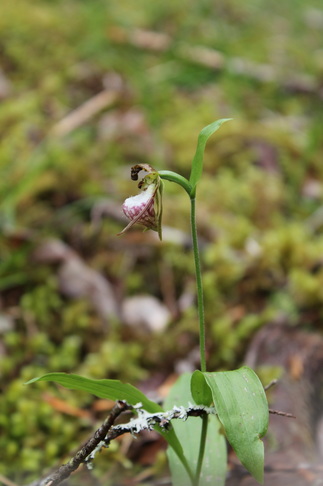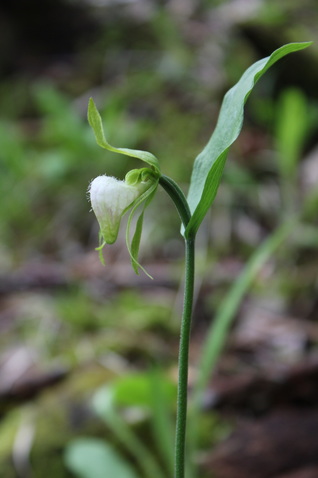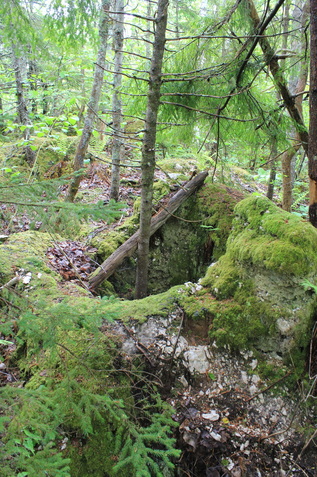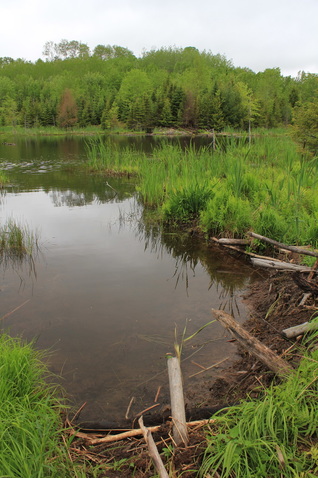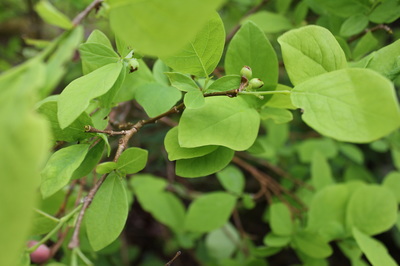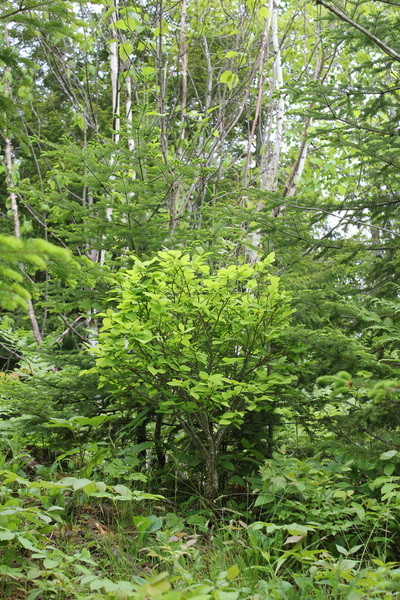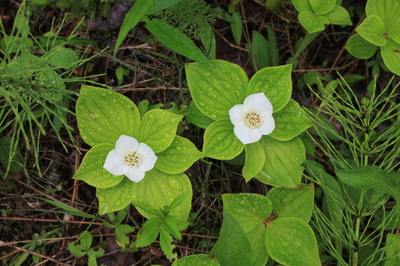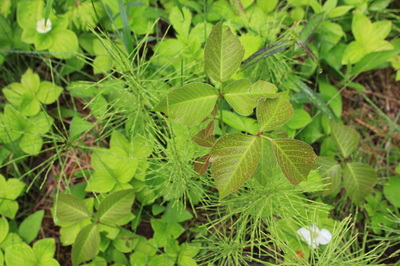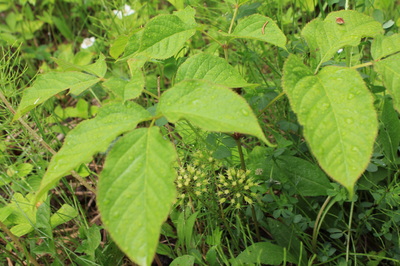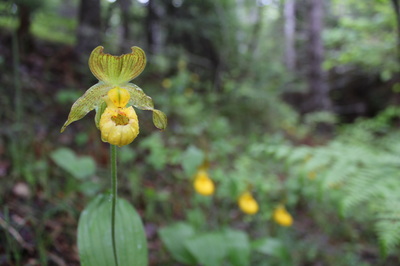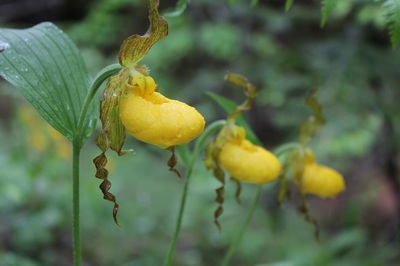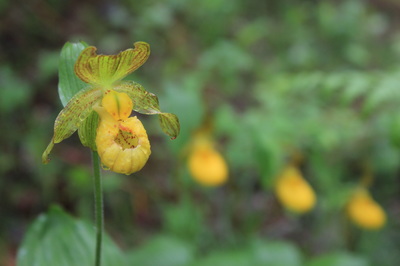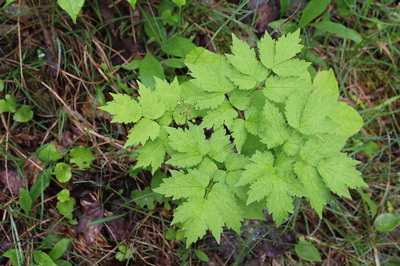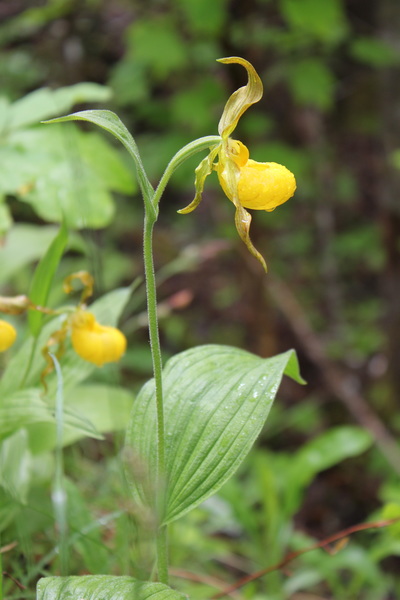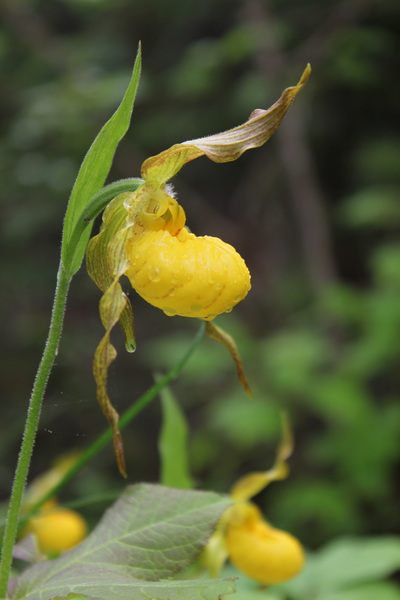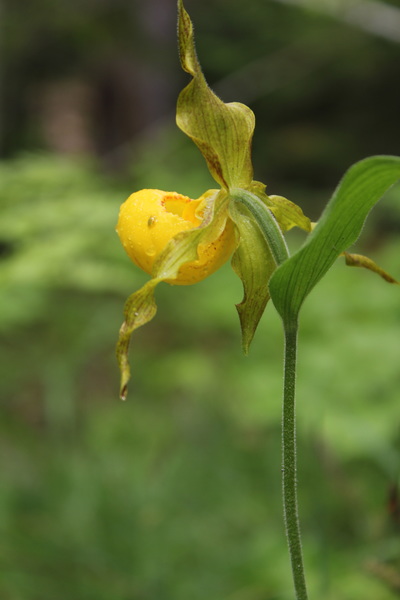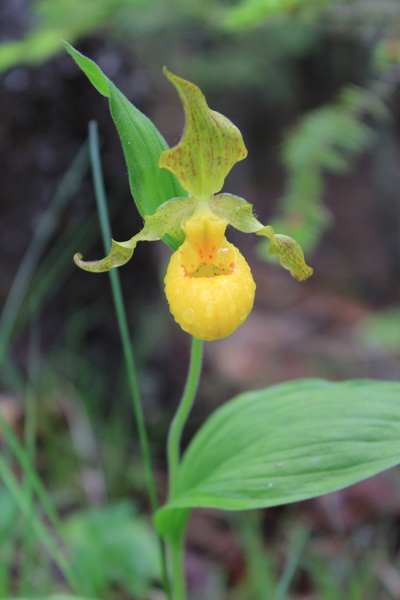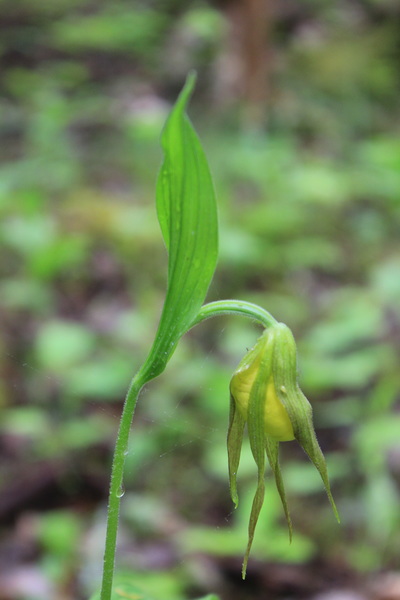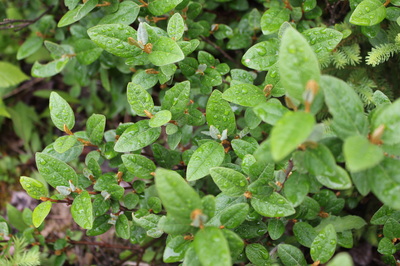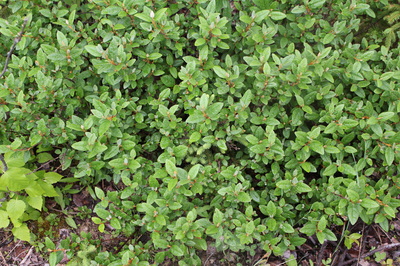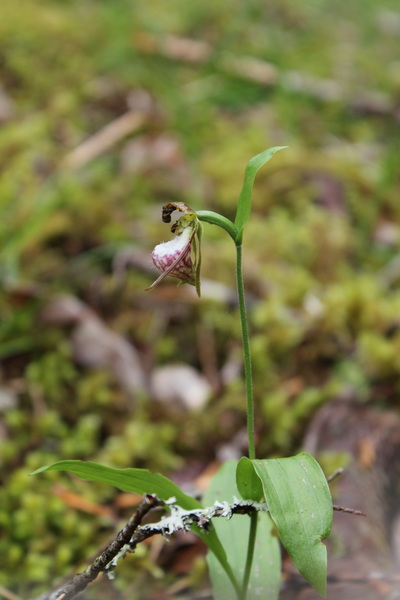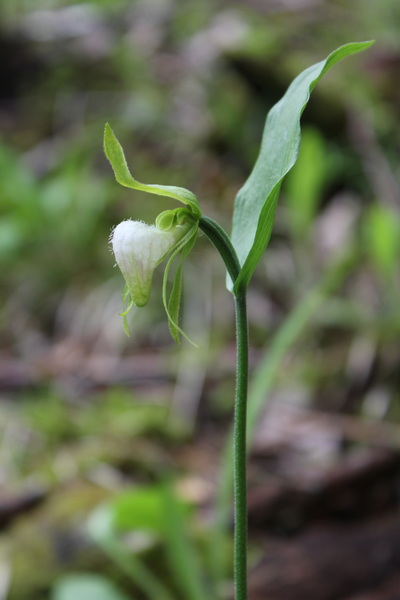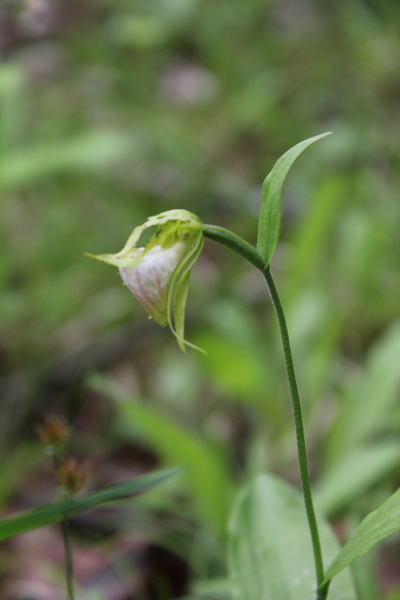Avon Peninsula Ecology
The Minas Basin, including the Avon River, is recognized internationally as an ecologically important area because of its importance to birds and marine life.
This area has been designated a “Western Hemispheric Shorebird Reserve” by Environment Canada and the Nova Department of Lands and Forests. Only 15 such sites exist in the Americas (Canada, U.S., Mexico, Central and South America). It is an important foraging and overwintering location for waterfowl like Canada Geese and Black Ducks and a wetlands of international importance.
This is also the final feeding grounds of many migratory birds, where they build up reserves of fat to burn as they fly south. Many can double their body weight in only a week of feeding. The mudflats of the region attract about half of the world’s semipalmated sandpipers, which stop to feed here on their way south from breeding grounds in the Arctic. Disturbing these birds will force them to burn the energy they need for the trip. Bald eagles and peregrine falcons, among other birds, nest and feed in this area.
This area has been designated a “Western Hemispheric Shorebird Reserve” by Environment Canada and the Nova Department of Lands and Forests. Only 15 such sites exist in the Americas (Canada, U.S., Mexico, Central and South America). It is an important foraging and overwintering location for waterfowl like Canada Geese and Black Ducks and a wetlands of international importance.
This is also the final feeding grounds of many migratory birds, where they build up reserves of fat to burn as they fly south. Many can double their body weight in only a week of feeding. The mudflats of the region attract about half of the world’s semipalmated sandpipers, which stop to feed here on their way south from breeding grounds in the Arctic. Disturbing these birds will force them to burn the energy they need for the trip. Bald eagles and peregrine falcons, among other birds, nest and feed in this area.
This area has also been declared an “Ecologically and Biologically Significant Area” by the Canadian Department of Fisheries and Oceans because of the unique marine life found here. The Minas Basin, where both fish and birds feed on mud shrimp, makes an ideal home for marine life. 70 species of fish live in the Minas Basin, many of which also travel up the Avon at high tide. This includes Atlantic salmon, gaspereau, American eel, striped bass, and sturgeon, one of the oldest fish species on earth. The cloudy water sometimes hides predators such as dogfish and great white sharks. When the tide goes out, much of the river turns to dry land. Some animals survive by retreating into water pockets until the water returns.
Marine mammals such as seals, porpoises, dolphins, and historically, whales have all lived in the Minas Basin and travelled up the Avon. Harbour porpoises, one of the smallest marine mammals, feed on herring and other small fish and sometimes follow the gaspereau up the river to feed.
Marine mammals such as seals, porpoises, dolphins, and historically, whales have all lived in the Minas Basin and travelled up the Avon. Harbour porpoises, one of the smallest marine mammals, feed on herring and other small fish and sometimes follow the gaspereau up the river to feed.
|
Located in the heart of the Avon Peninsula is the Wisqoq Valley, named for Black Ash in the native tongue of the Mi’kmaq people.
Wisqoq Cave is located in an area of mature Acadian forest dominated by Eastern Hemlock, White Ash and White Birch. Within the valley is the Wisqoq Cave, a natural dissolution cave formed in Mississippian age gypsum-anhydrite evaporites. In the immediate vicinity of the cave outcropping gypsum bedrock has eroded into an extremely rugged karst terrain: referred to locally as “plaster land”. Karst topography is a landscape formed from the dissolution of soluble rocks such as limestone, dolomite, and gypsum. It is characterized by underground drainage systems with sinkholes and caves. Orchids The woods of the Ram’s Head Lady’s Slipper are home to many other species of flora. The forest’s gypsum rich flow encourages a blend of plants that is unique to our area. Blooming near the time of the Ram’s Head are the Blue Flag Iris and Coltsfoot. Notably, the Pink and Yellow Lady’s Slippers bloom soon after the Ram’s Head. Another orchid, the Lady Tresses, blooms in fragrant white clusters late in the summer. Trees, Ferns, and Mosses Apart from the orchids, there are many other species of plants to observe. The forest’s shape is formed by its stands of Hemlock, Spruce, Larch, White Pine, Birch, and White Ash. Several types of fern grow throughout the forest, in different sizes and shapes. One of the more common species is the Cinnamon Fern, characterized by its long cinnamon-coloured fronds. Others include the Christmas, Fragile Rockbrake, Sensitive Sweet, and Oak Ferns. Mosses are also common in the Avon Peninsula Gypsum Forests. Other Species at Risk Other than the Ram’s Head Lady’s Slipper, there are two other species in this area which are considered to be at risk of extinction in Nova Scotia. One is the Eastern Leatherwood (Dirca palustris), a shrub with delicate yellow flowers and named for its nearly unbreakable branches. The other is the Round-lobed Hepatica (Hepatica Americana). This small white, blue or pink flower is related to the Buttercup. Situé au cœur de la Péninsule Avon est la vallée de Wiscoq. La Caverne Wisqoq (frêne noir dans la langue maternelle des Mi'kmaq) est situé dans une zone de forêt matures Acadienne dominés par la pruche du Canada, le frêne blanc et le bouleau blanc. Au sein de la vallée est la Caverne Wisqoq, une grotte de dissolution naturelle formée en âge Mississippien évaporites de gypse anhydrite. Dans le voisinage immédiat de la grotte affleurement de gypse substratum a érodé dans un terrain karstique extrêmement robuste: appelée localement «terre de plâtre". La topographie karstique est un paysage formé de la dissolution des roches solubles par exemple le calcaire, la dolomite, et le gypse. Elle est caractérisée par des systèmes du drainage souterrain avec les dolines et grottes. Les Orchidées Les forêts de la Cypripède tête-de-bélier sont la résidence de plusieurs autres espèces de flore. L’abondance du gypse de la forêt encourage une variété de plantes qui sont unique de notre région. En fleur proche au temps de la Cypripède tête-de-bélier sont le clajeu et le tussilage. Particulièrement, le sabot de Vénus rose et jaune éclore bientôt après la tête-de-bélier. Une autre orchidée, la spiranthe, éclore en les grappes blanches et parfumées tard dans l’été. Les Arbres, Fougères, et Mousses À part des orchidées il y a beaucoup d’autres espèces de plantes à observer. La forêt est formée par ses peuplements de ciguë, épicéa, mélèze, pin blanc, bouleau, et frêne blanc. Plusieurs types des fougères se grandi à travers la forêt, dans les tailles et formes différents. Une des espèces le plus commun est l’osmonde cannelle, caractérisé par ses longues frondes en la couleur de la cannelle. D’autres incluent la fougère noël, l’allosore crépu, la Polypode du Chêne. Les mousses sont aussi communs dans les forêts de gypse de la Péninsule de l’Avon. Les Autres Especes à Risqué À part que la Cypripède tête-de-bélier, il y a deux autres espèces dans cette région qui sont considérées au risque d’extinction en Nouvelle-Écosse. Un est la Dirca Palustris, un arbuste avec les jeunes fleurs délicates et nommée pour ses branches presque incassables. L’autre est la Hepatica Americana. Cette petite fleur blanche, bleu, ou rose est reliée au bouton d’or. |
